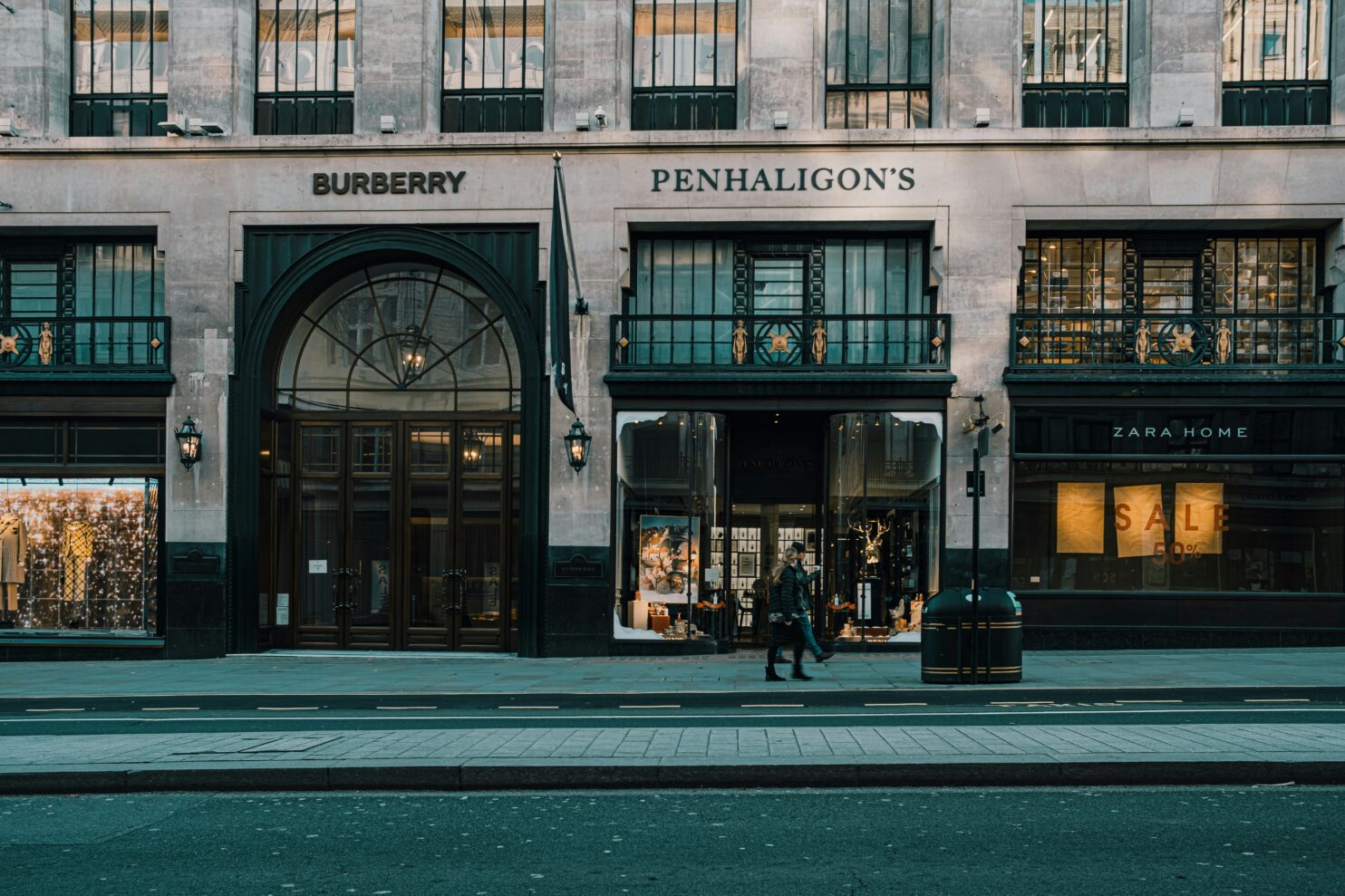From shifting global trade priorities to evolving strategies in luxury retail and industry accountability, May 2025 has seen a wide range of impactful developments. In this roundup, we explore how President Trump’s new tariff stance is raising concerns in the textile sector, why Mumbai’s record-breaking monsoon is straining infrastructure, and how fashion giants are navigating labor reform, digital transformation, and creative marketing. Here’s a concise look at the key stories shaping the fashion and global industries.
Trump Shifts Tariff Focus to Tech and Defense, Not Textiles
President Trump clarified that his tariff policies are designed to boost U.S. production of advanced technologies and military equipment—not textiles or apparel. “I’m not looking to make T-shirts,” he said. The shift has sparked concern from the textile industry, which warns it could raise prices for consumers and hurt domestic jobs. Trump’s broader goal is to reduce foreign dependence and strengthen national security through strategic manufacturing.
Mumbai Faces Record-Breaking Monsoon Chaos Amid Red Alert and COVID Spike
Mumbai is battling severe flooding and transportation disruptions as the southwest monsoon arrives 16 days early, breaking a 107-year rainfall record for May. The India Meteorological Department (IMD) has issued a red alert for extremely heavy rains, especially in South Mumbai, where high tides worsen waterlogging. Authorities urge residents to stay indoors as emergency services remain on high alert. The city’s drainage system is overwhelmed, exposing urban planning challenges. Additionally, Mumbai is experiencing a spike in COVID-19 cases, adding strain to healthcare and emergency resources during the monsoon crisis.
Saks Fifth Avenue Launches Luxury Storefront on Amazon
Saks Fifth Avenue has introduced a curated luxury storefront on Amazon, featuring brands like Dolce & Gabbana, Balmain, and Stella McCartney. This initiative replaces Amazon’s previous Luxury Stores and offers a streamlined shopping experience without typical Amazon features like dynamic pricing or customer reviews. Orders are fulfilled by Saks, providing Prime members with free one-day shipping.
The launch follows the formation of Saks Global, a holding company created after Saks’ parent company acquired Neiman Marcus for $2.7 billion, with Amazon as a minority investor. This partnership aims to expand Saks’ digital reach and attract younger, online-savvy consumers, while Amazon benefits from enhanced credibility in the luxury market.
While some industry experts express concerns about potential brand dilution, the collaboration offers independent designers increased exposure and sales opportunities. Saks is also promoting the new storefront through digital window displays inspired by its New York flagship store.
Italian Fashion Giants Unite to Combat Labor Exploitation
On May 26, 2025, spearheaded by Italy’s fashion council (Confindustria Moda), legal authorities, and trade unions signed a non-binding action plan to address labor exploitation in the apparel and accessories supply chain. This initiative follows investigations revealing the use of underpaid and undocumented workers in producing goods for luxury brands like Dior and Armani. The agreement includes creating a voluntary supplier database to track compliance with tax, social security, and labor laws, aiming to enhance transparency and reduce the need for legal interventions.
Burberry Announces Major Restructuring Amid Cost-Cutting Measures
In May 2025, Burberry unveiled plans to reduce its workforce by up to 1,700 employees, primarily affecting its UK corporate offices. This move is part of a broader strategy to cut costs by £60 million by the end of 2027. The restructuring follows a £40 million cost-cutting program launched in November 2024, aimed at stabilizing the brand and refocusing on its core outerwear and iconic trench coats. Investors responded positively to the initial plan, with Burberry’s shares rising 16% following the announcement.
Fashion Brands Embrace Food Imagery to Connect with Consumers
Fashion advertising increasingly incorporates food imagery to resonate with consumers, leveraging the universal appeal of food to convey luxury, relatability, and cultural relevance. This trend aligns with the rise of foodie culture and aims to make fashion campaigns more engaging and accessible. By integrating culinary elements, brands seek to create a sense of indulgence and familiarity, enhancing their connection with audiences. For example, Gucci’s campaign featured models enjoying colorful popsicles, while Prada showcased breakfast scenes with coffee and pastries to evoke warmth and familiarity. Similarly, Louis Vuitton incorporated lavish banquet scenes to emphasize opulence. These culinary elements help brands forge emotional connections and make fashion feel more accessible and enjoyable.
This month’s stories highlight the continued interplay between policy, environment, commerce, and culture. As the fashion industry repositions itself in response to digital trends, regulatory scrutiny, and global challenges, stakeholders are faced with critical decisions on sustainability, ethics, and innovation. From Saks’ digital leap to Italy’s push for labor reform, the industry’s future remains both dynamic and uncertain—offering plenty to watch in the months ahead.

